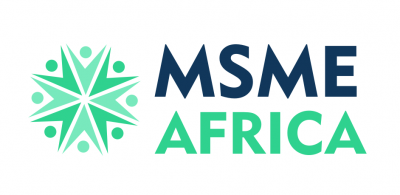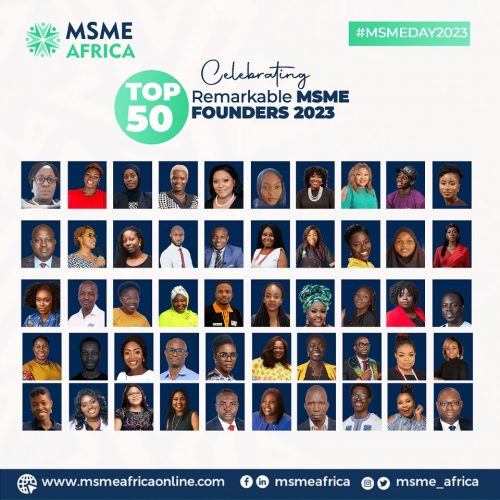WorkPay, a Kenyan startup that provides cloud-based workforce management system with human resource (HR) and payroll management for small businesses in Africa has raised $2.1m from Kepple Africa, Y Combinator and other investors.
Launched as TozzaPlus in 2017, the startup was founded by Paul Kimani and Jackson Kibigo. As TozzaPlus, it was a full-on enterprise resource planning (ERP) software providing inventory management, CRM, HRM, accounting and project management solutions.
But in 2018, the team streamlined its focus solely on its human resource management (HRM) software and in June 2019, rebranded to WorkPay. During this pivot, the startup had over 200 B2B clients with 5,000 employees using its platform.
According to the startup, it helps African SMBs with time and attendance, HR & payroll, payment and loans, and employee self-service features.
In 2018, WorkPay secured $50,000 funding from Norwegian accelerator, Pangea Funds, and in 2019, $100,000 from Japanese-based VC firm, Kepple Africa.
Last year September, WorkPay was selected alongside 12 other startups for the fourth cohort of the Google for Startups Accelerator Africa. And in March this year took part in Y Combinator’s Winter batch and accessed $150,000 in funding from the US-based accelerator.
Both Kepple Africa and Y Combinator have made follow up investments in this seed round. The round was led by Kepple Africa, with participation from YC; US-based founders’ fund, Soma Capital; New-York based but Africa-focused micro VC, Musha Ventures, among others.
Now, the startup claims to be working with more than 250 SMBs enabling them to pay over 20,000 employees monthly. And also saves between 5% to 10% costs associated with payroll processing by eliminating fraud and errors in their payroll systems.
Kimani says the seed investment will help the team scale its software tools and expand its clientele across East Africa.
For Ryosuke Yamawaki, general partner of Kepple Africa, the lead investor in this round, “They’re different in the way they define their key customers, understand their real pains, and design specific solutions. It is no surprise they have come this far.”








